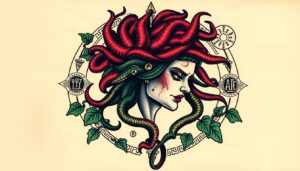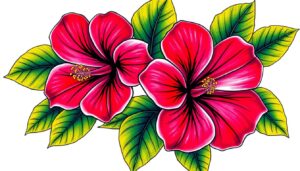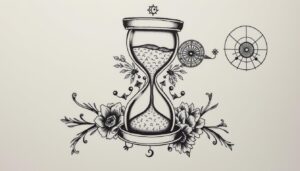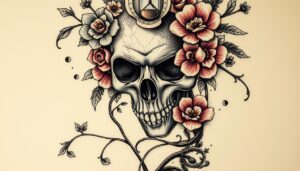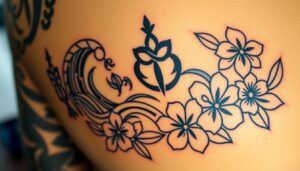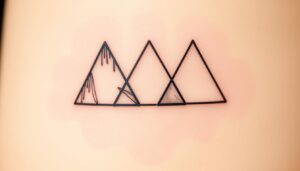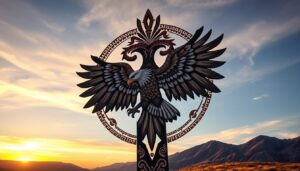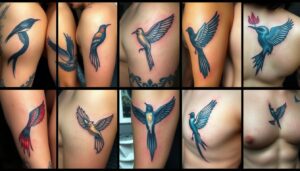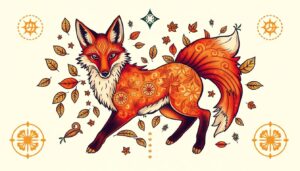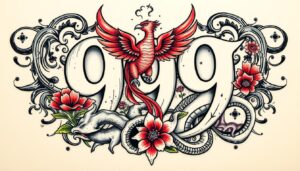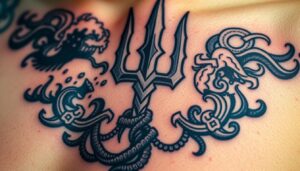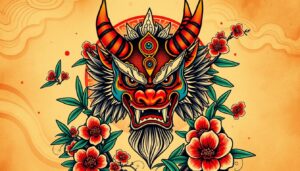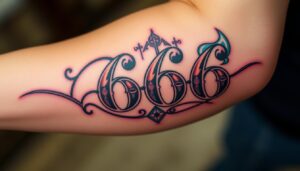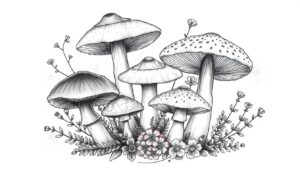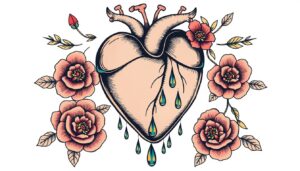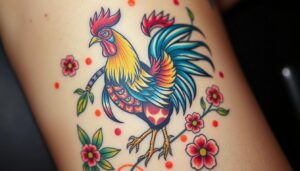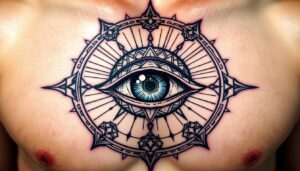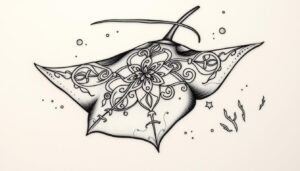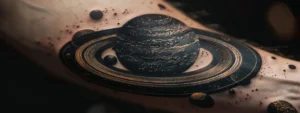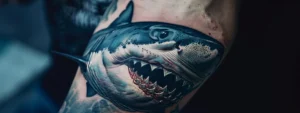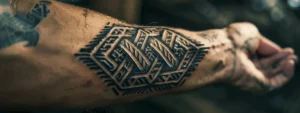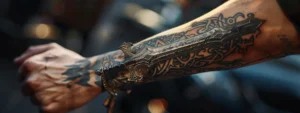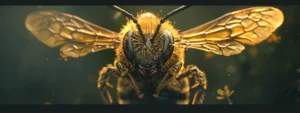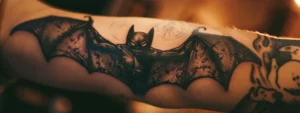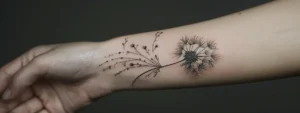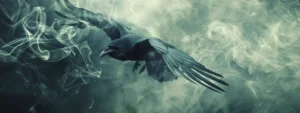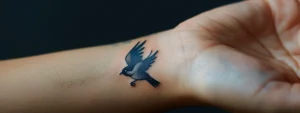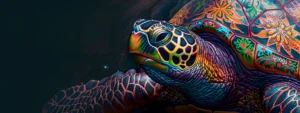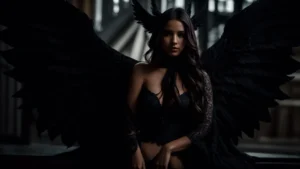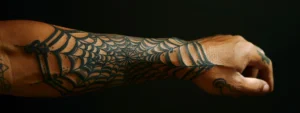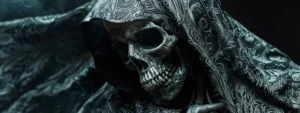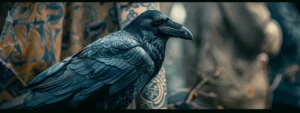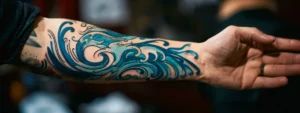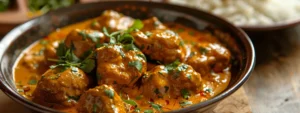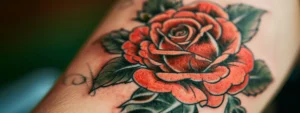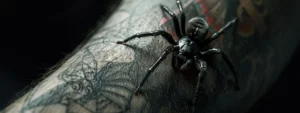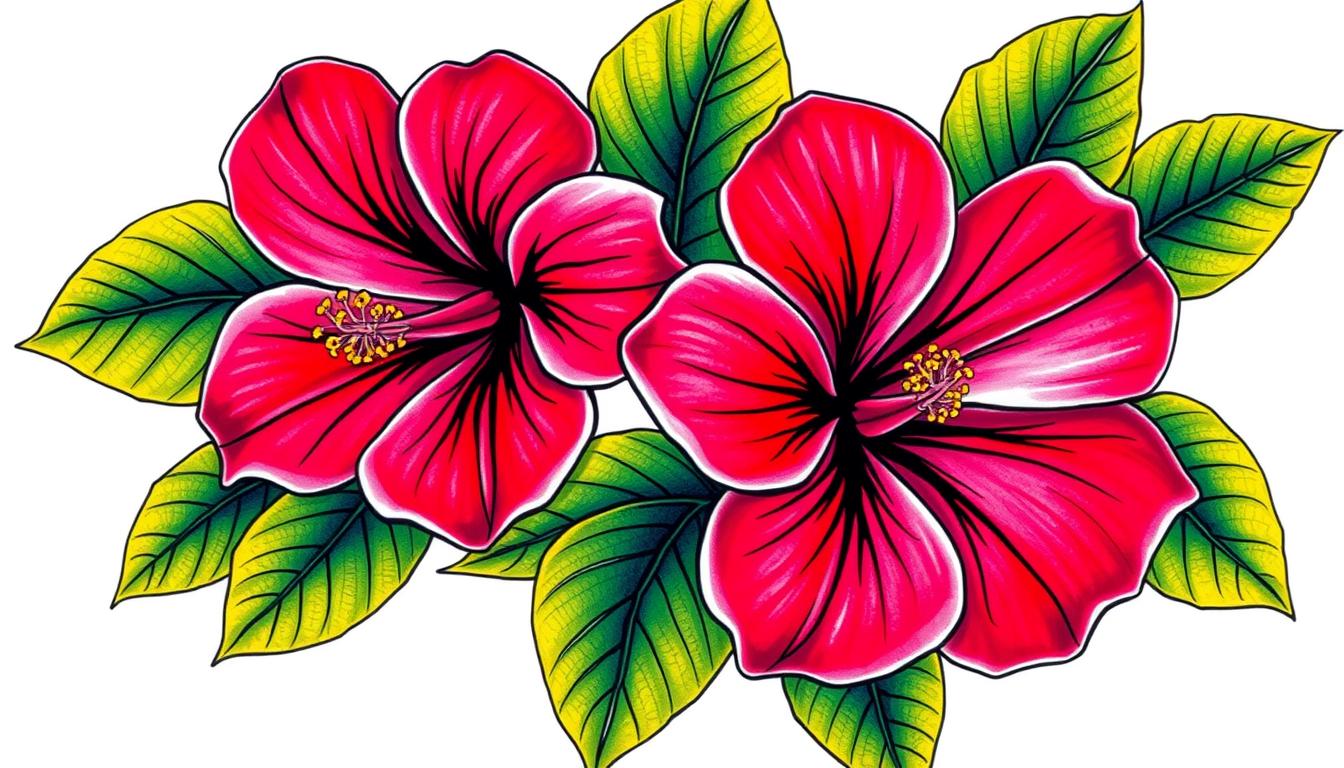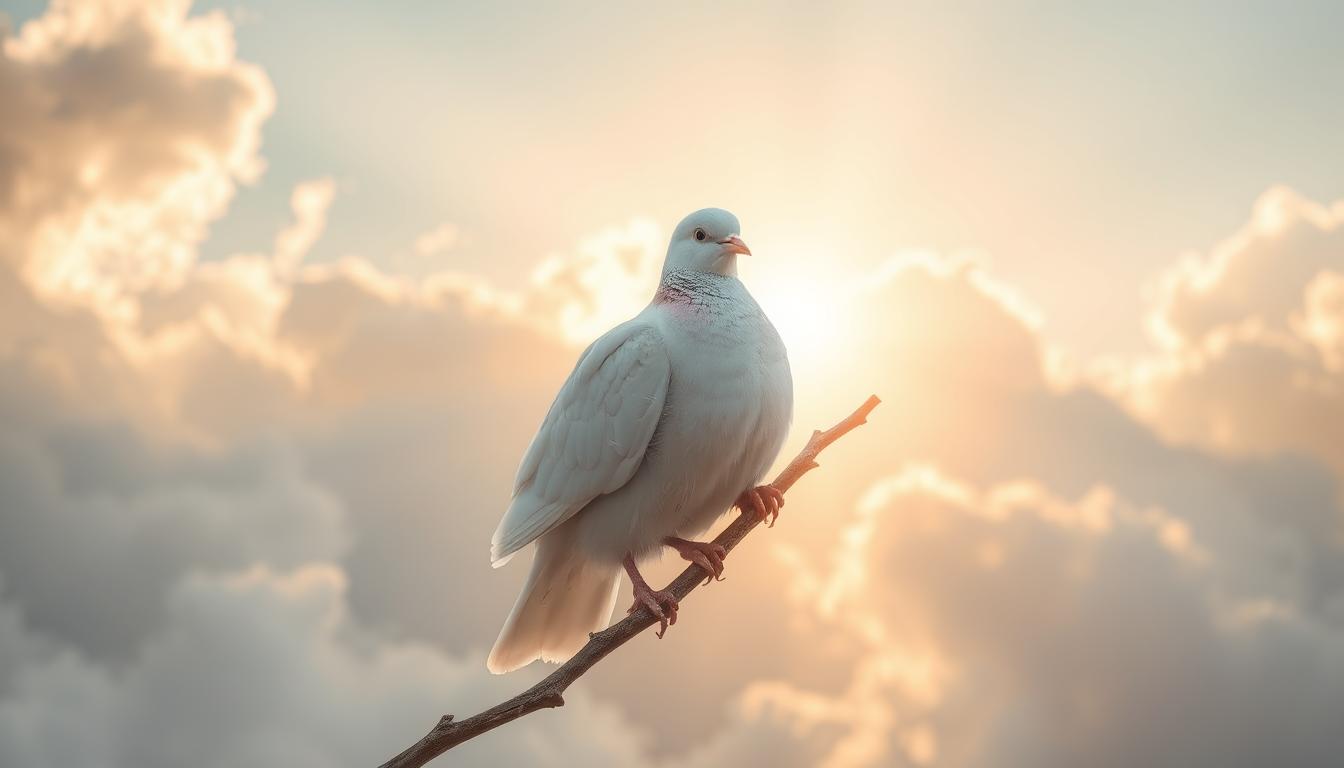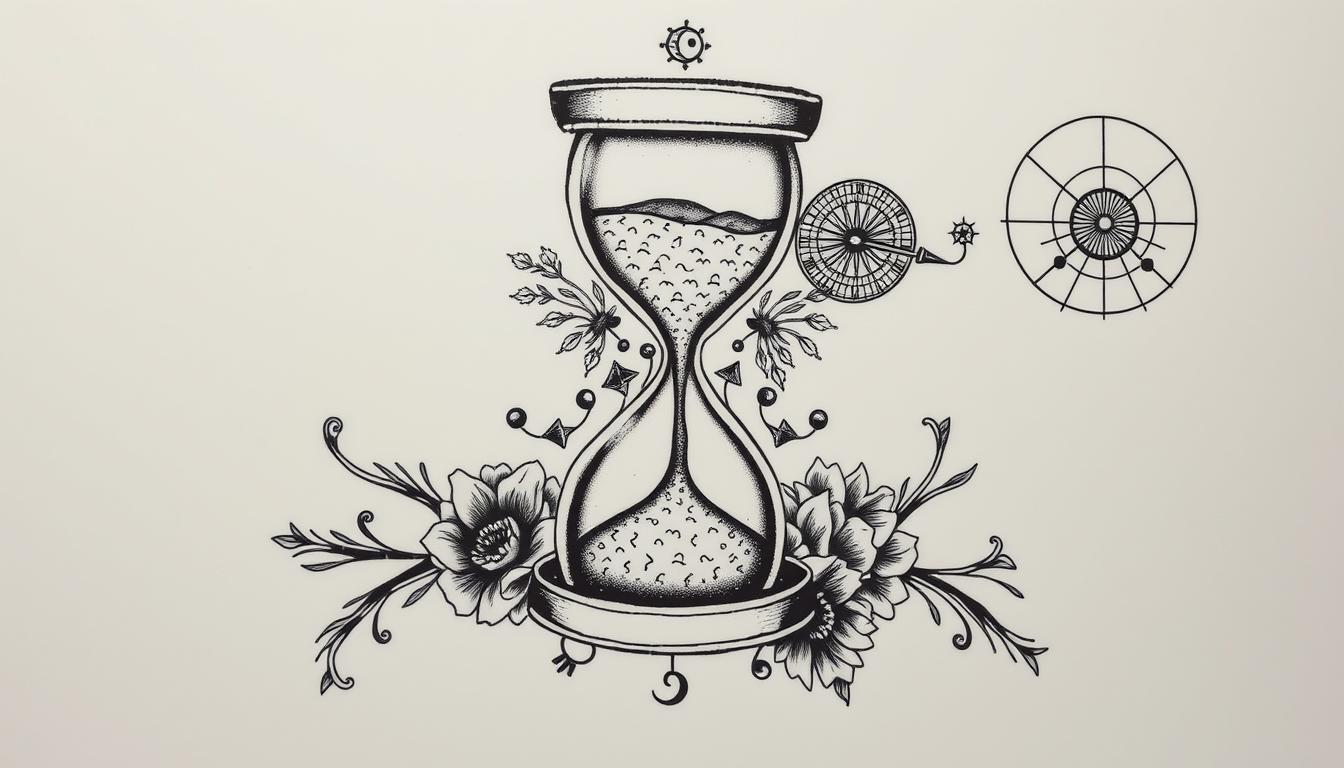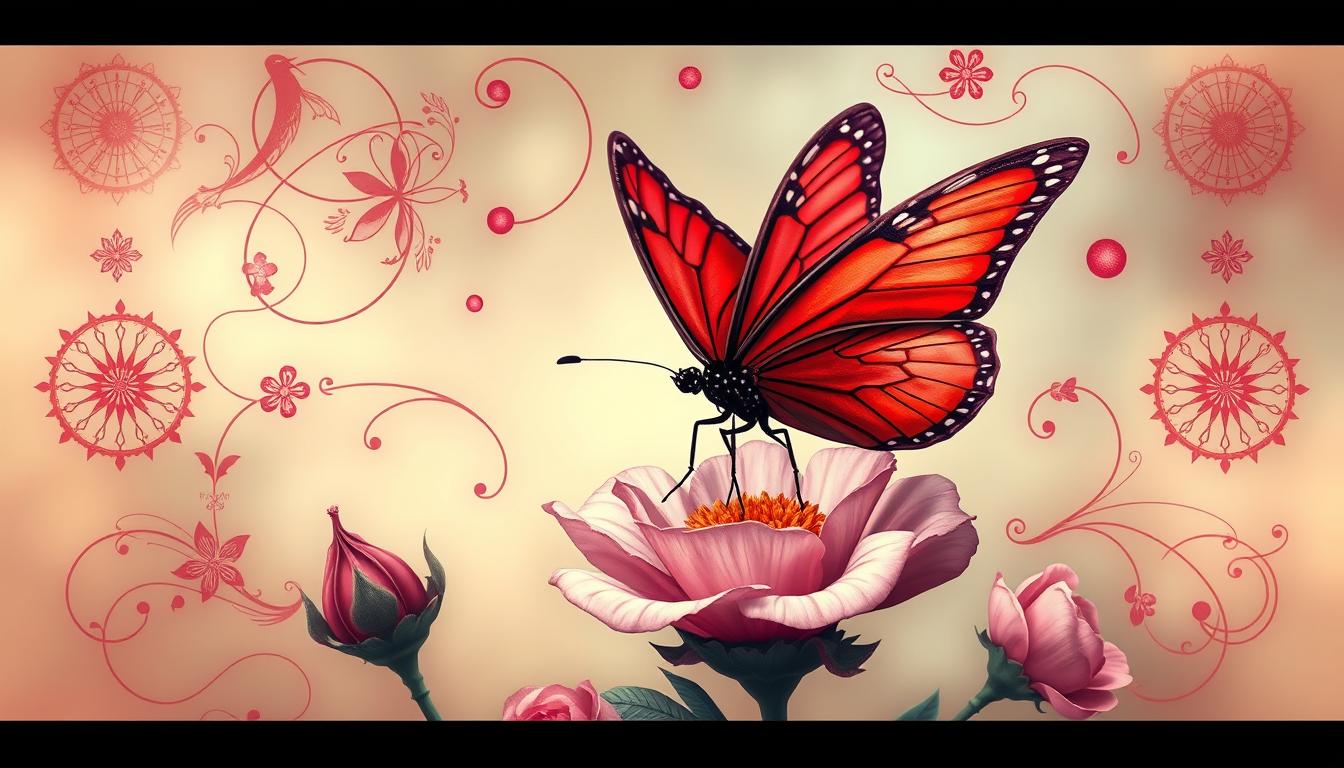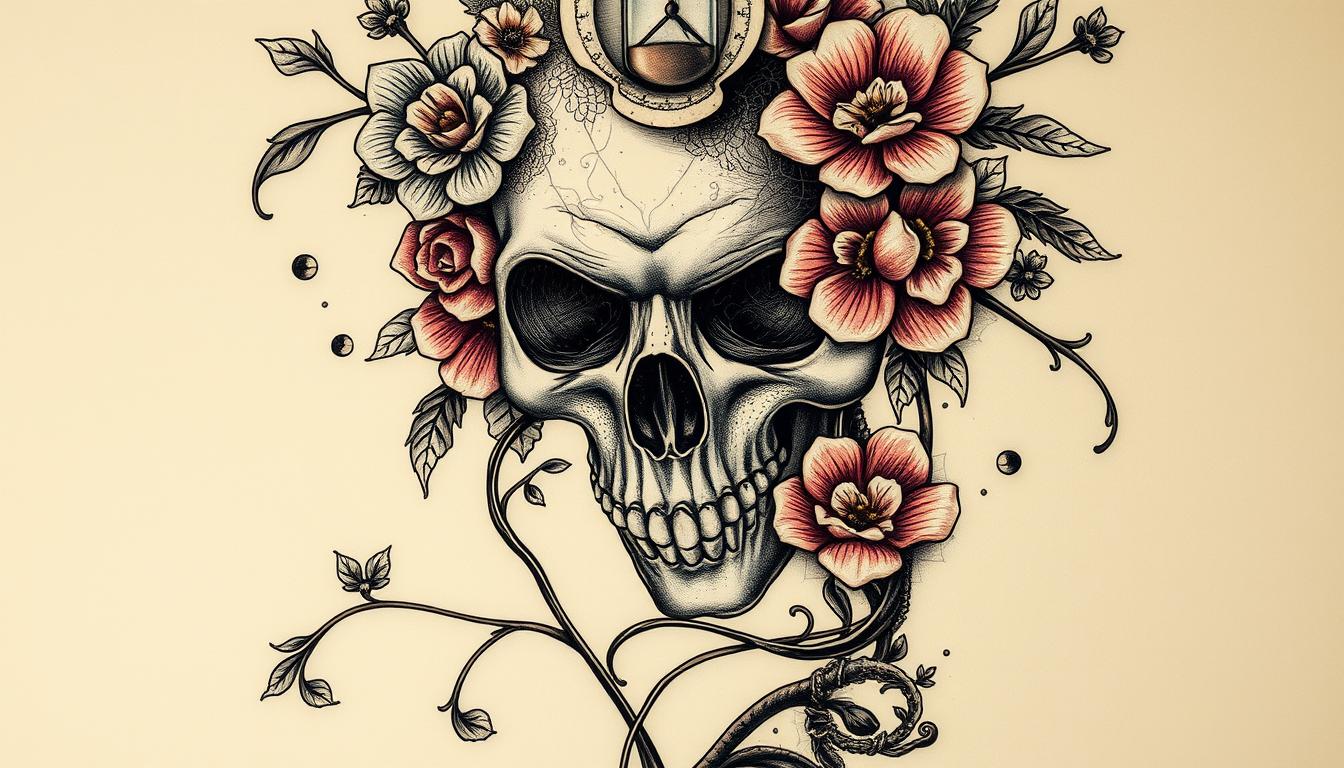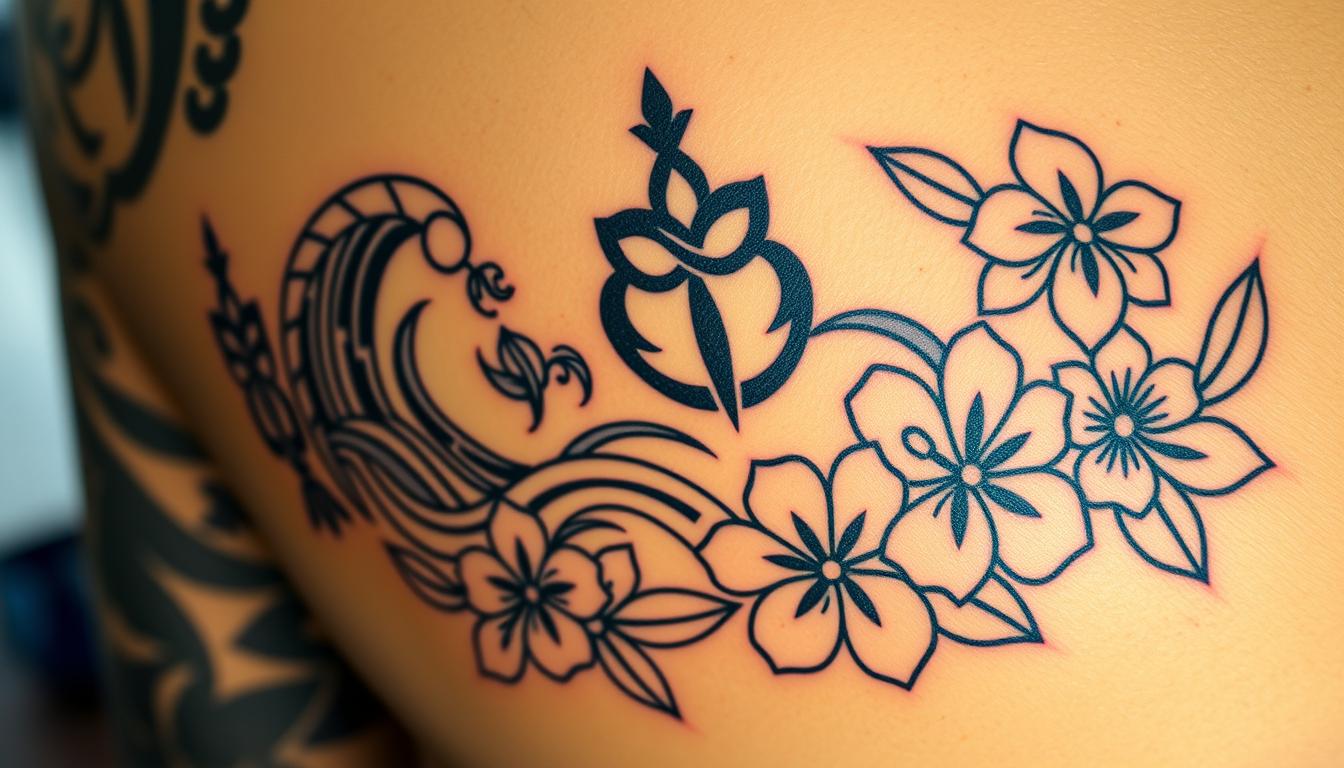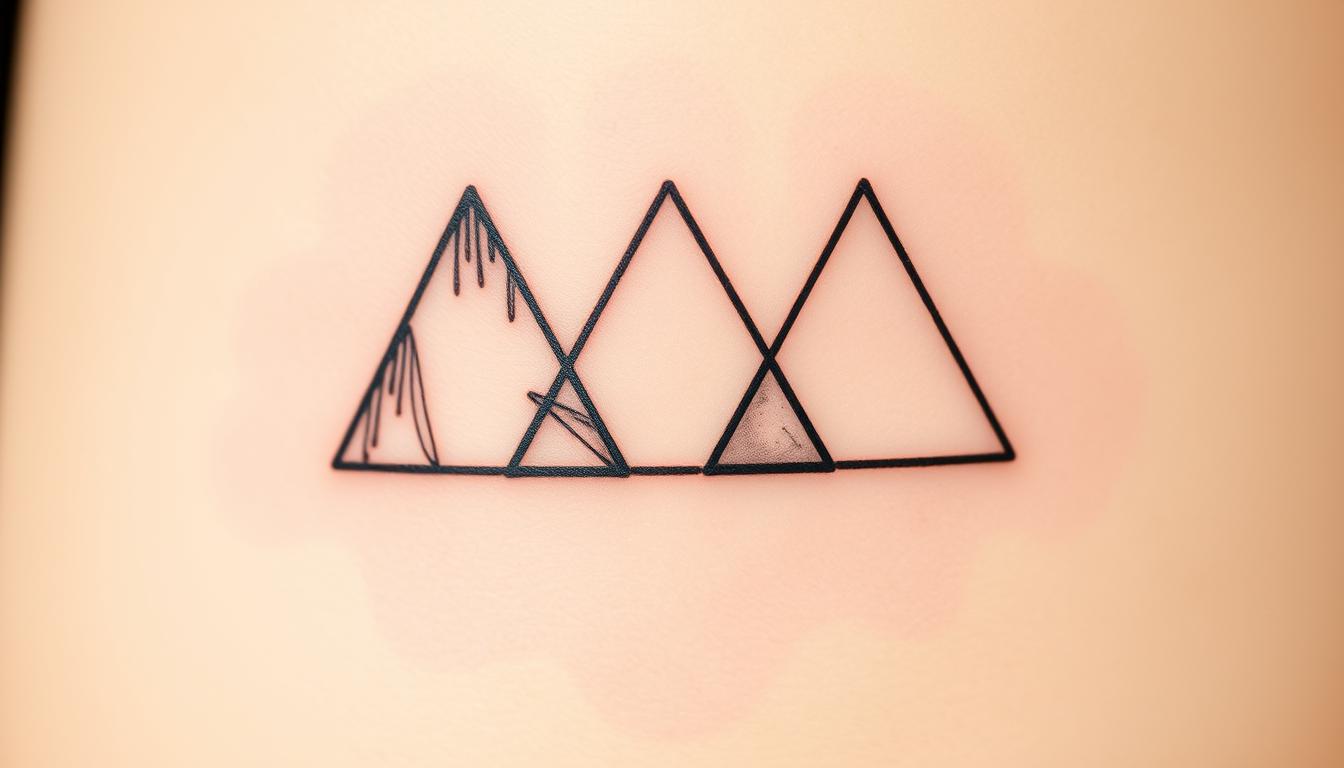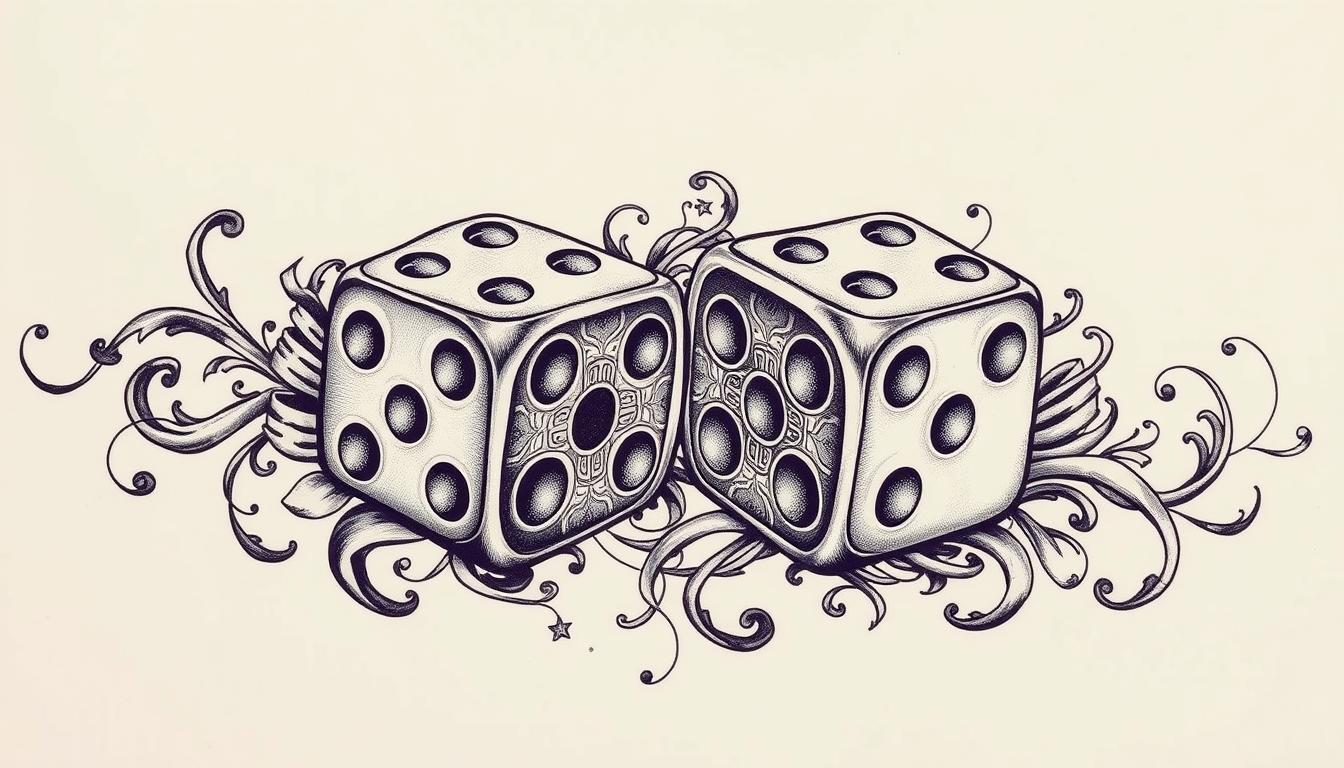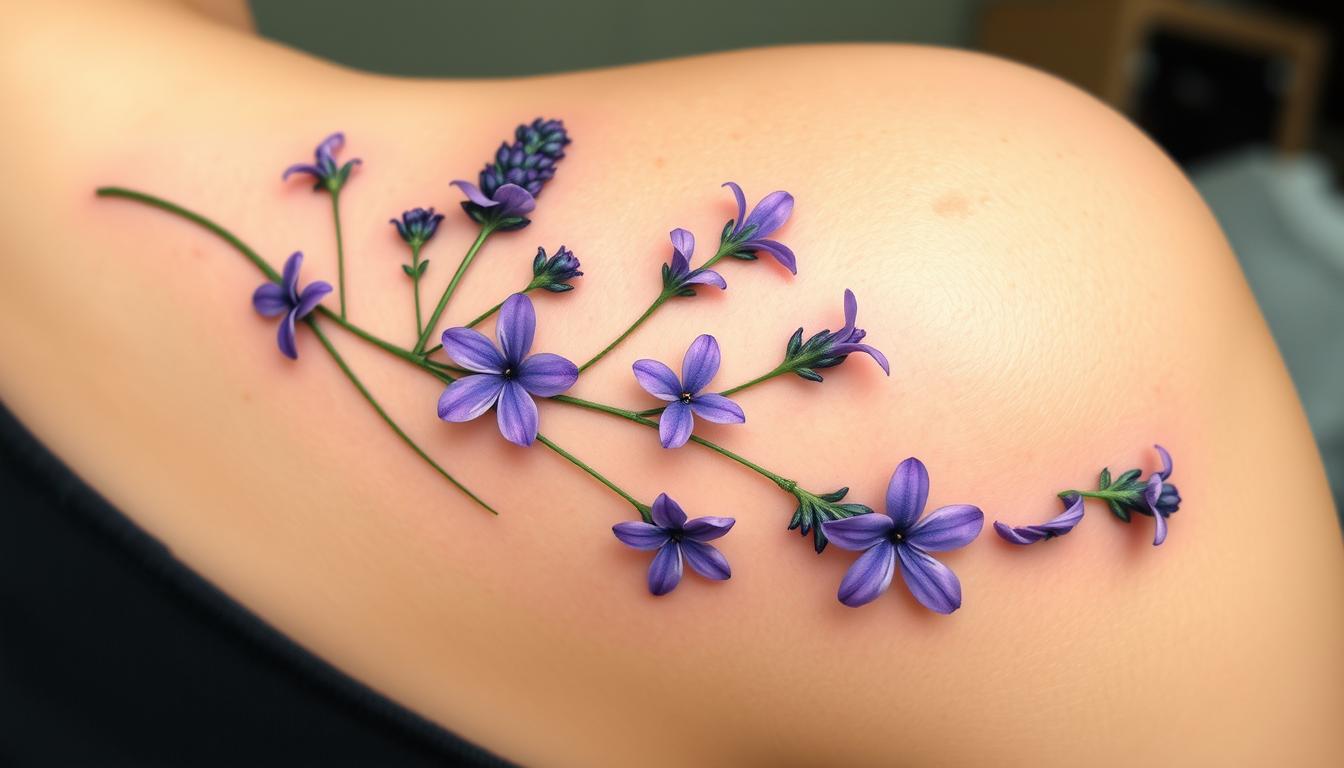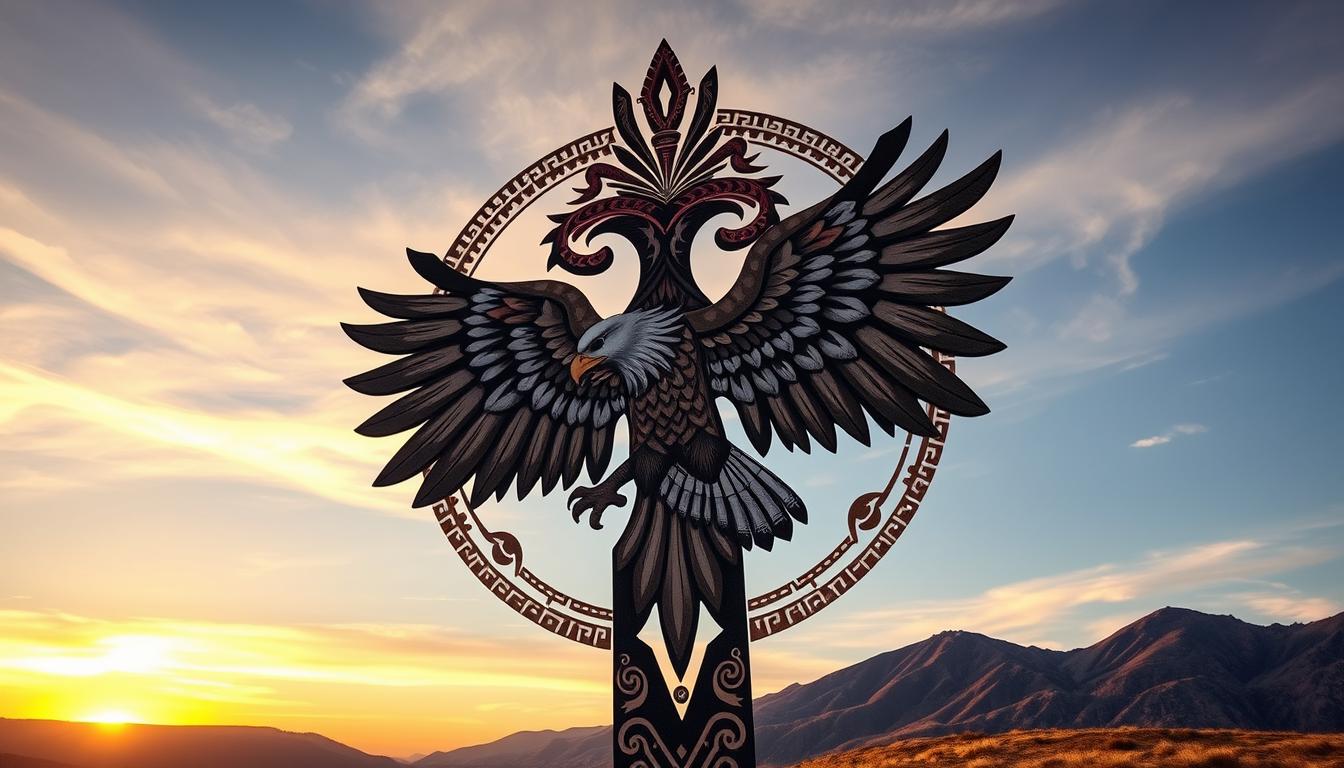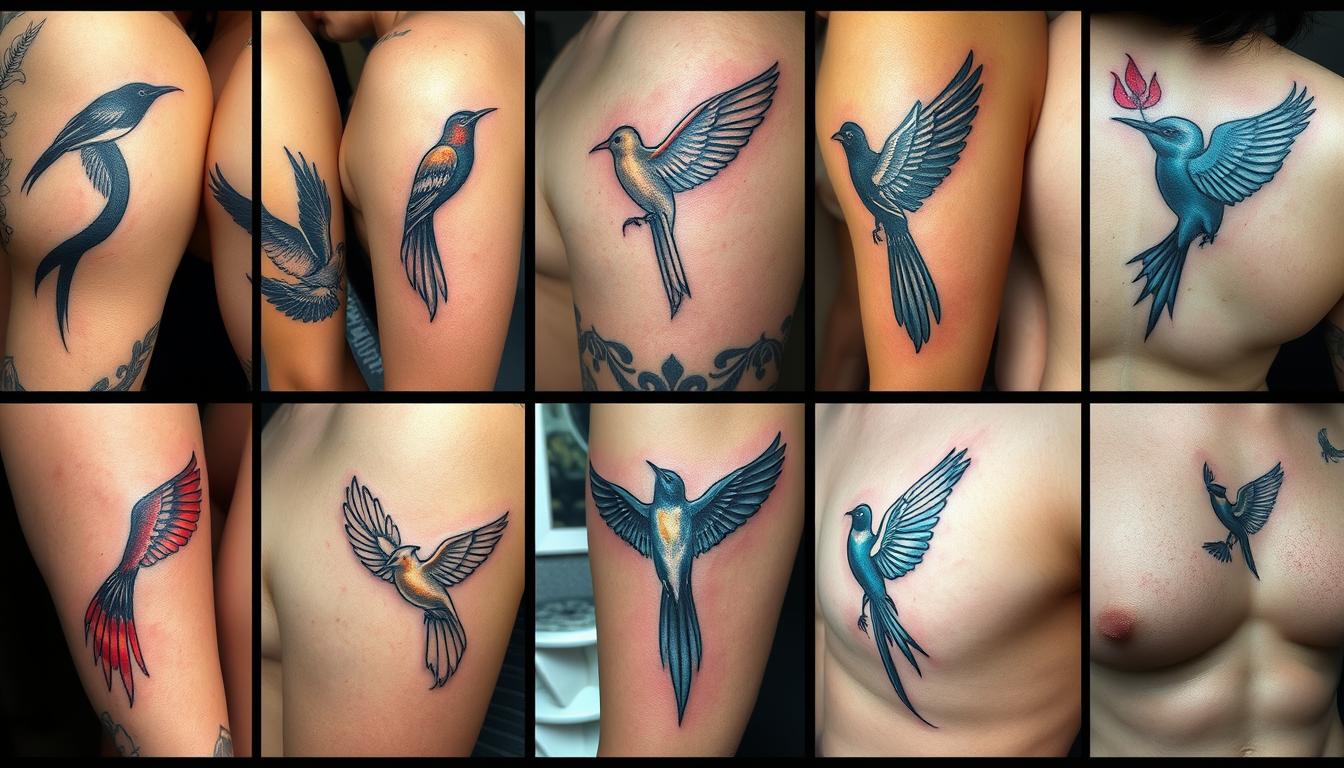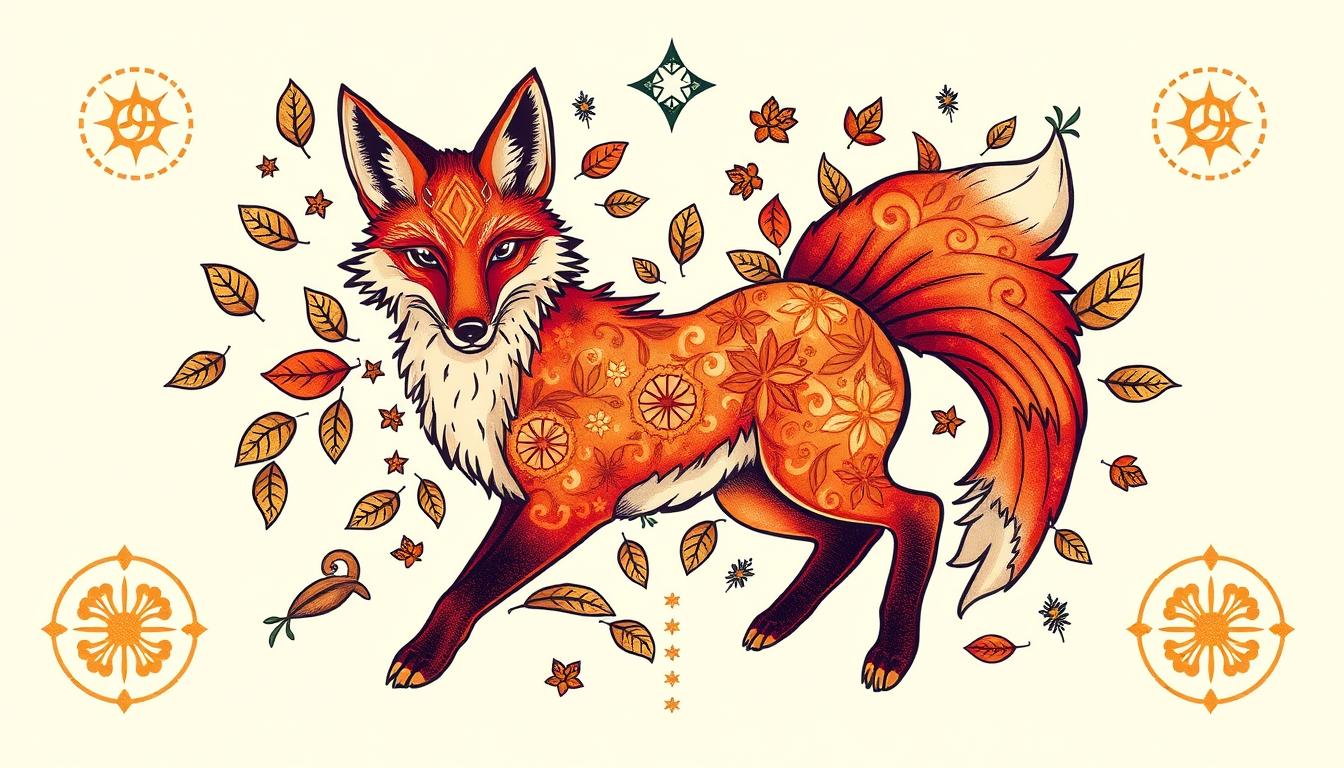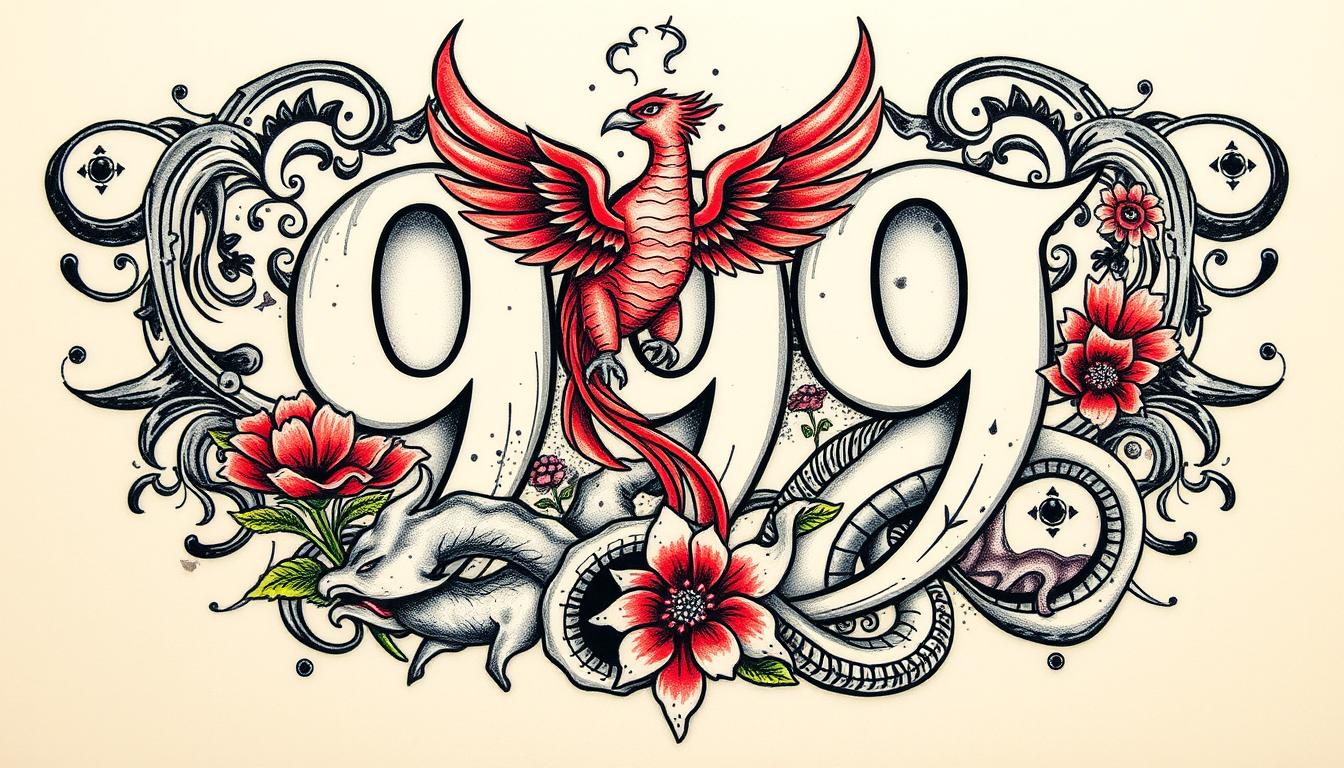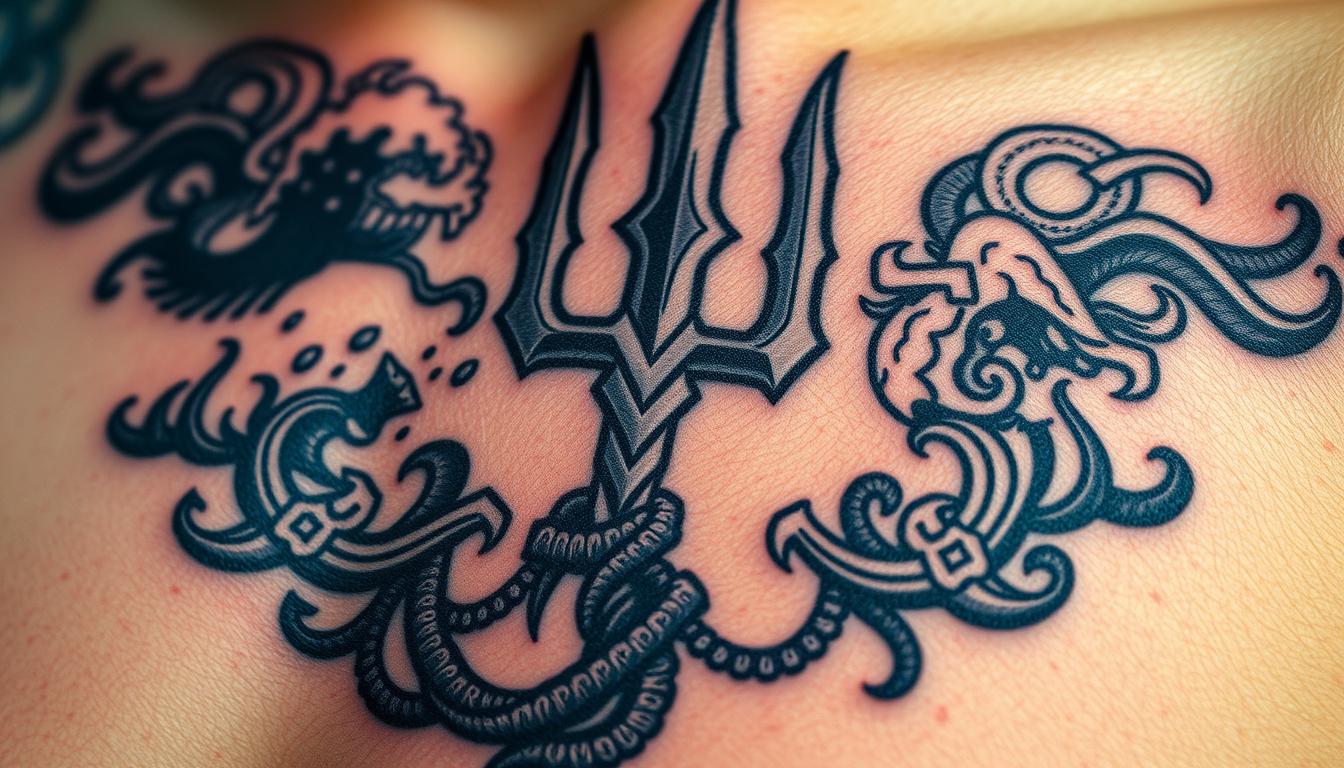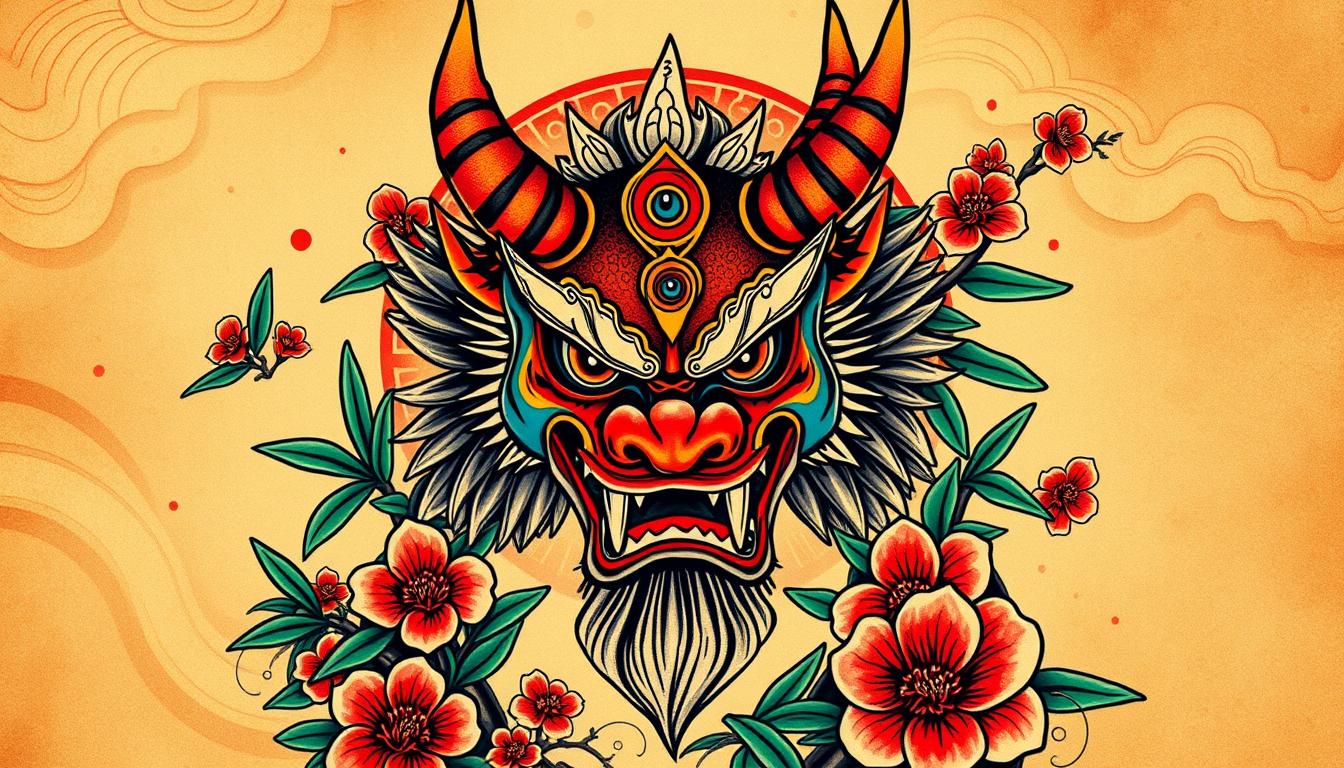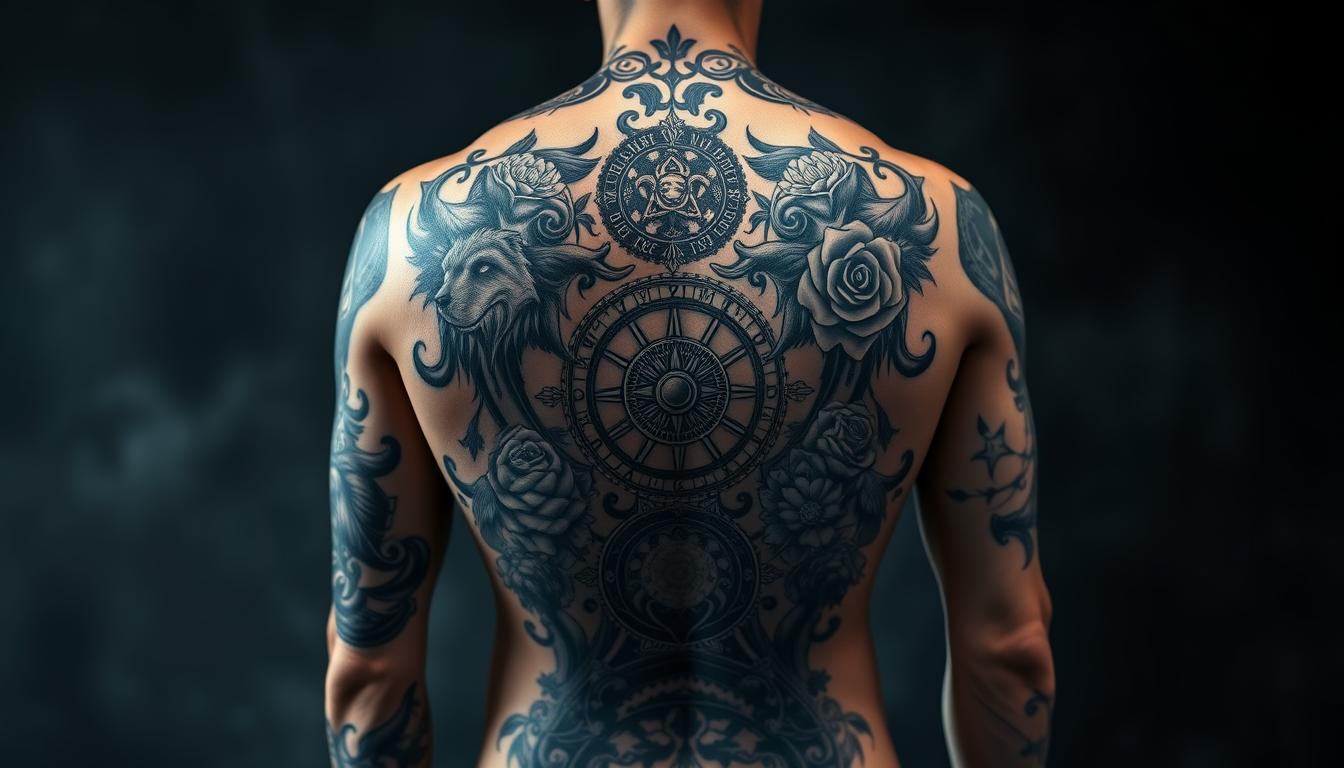The Valknut, a symbol of three interlocking triangles, has become increasingly popular in tattoo art. This ancient Norse emblem carries deep meanings, from its connections to Odin to its associations with life, death, and rebirth. This article will explore the origins of the Valknut, its interpretations in Norse mythology, and its modern significance in tattoo culture. We’ll also discuss how to design a meaningful Valknut tattoo while respecting its cultural heritage. Whether you’re considering getting a Valknut tattoo or simply curious about its symbolism, this guide will provide valuable insights into this enigmatic Norse symbol.
Key Takeaways
- The Valknut symbol is deeply rooted in Norse mythology and associated with Odin and warrior culture
- Archaeological discoveries provide evidence of the Valknut’s significance in ancient Norse artifacts and runestones
- The symbol’s interlocking triangles represent the interconnected nature of life, death, and the afterlife
- Modern Valknut tattoos hold personal meanings and are often combined with other Norse symbols
- Cultural sensitivity is important when considering a Valknut tattoo due to its sacred significance in Norse traditions
The Origins of the Valknut Symbol
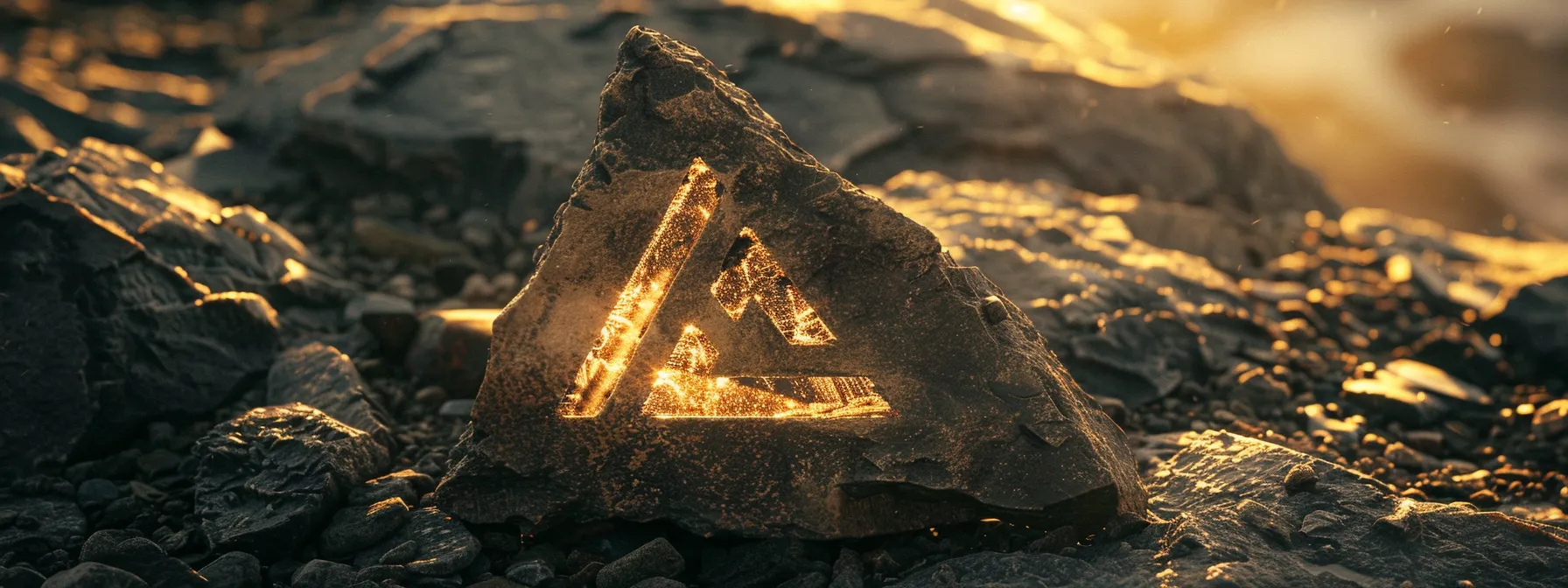
The Valknut symbol’s origins lie deep in Norse mythology, intertwining with concepts of magic, destiny, and the Bifröst bridge. Archaeological discoveries have revealed its presence on ancient artifacts, often associated with Odin, Sleipnir, and Loki. These findings provide insight into the symbol’s historical context and its significance in Norse culture.
Historical Context in Norse Mythology
The Valknut symbol holds deep significance in Norse mythology, closely associated with the cult of Odin and the concept of Valhalla. Its distinctive triangular shape, often compared to the Borromean rings, appears on various ancient artifacts and runestones. The symbol’s historical context reflects its importance in Norse religious practices and beliefs, particularly in relation to warriors and their fate after death:
- Representation of Odin’s power over life and death
- Connection to the concept of fate and destiny
- Symbol of the warrior’s journey to Valhalla
- Possible link to the three realms of Norse cosmology
- Association with magical practices and rituals
Archaeological Discoveries Featuring the Valknut
Archaeological discoveries in Sweden have revealed the Valknut symbol on runestones and artifacts, providing tangible evidence of its significance in Norse culture. One notable find is the Tängelgårda stone, which depicts the god Odin with his eight-legged horse Sleipnir and three interlocking triangles resembling the Valknut. These discoveries offer insights into the symbol’s connection to Norse mythology, including its association with Yggdrasil, the world tree, and Hel, the realm of the dead:
- Tängelgårda stone: Depicts Odin, Sleipnir, and the Valknut
- Lärbro stones: Feature warriors and Valknut symbols
- Nene River ring: Bronze artifact with Valknut design
- Oseberg ship burial: Contains items with Valknut engravings
- Stora Hammars stones: Illustrate battle scenes with Valknut symbols
Interpretations of the Valknut’s Interlocking Triangles
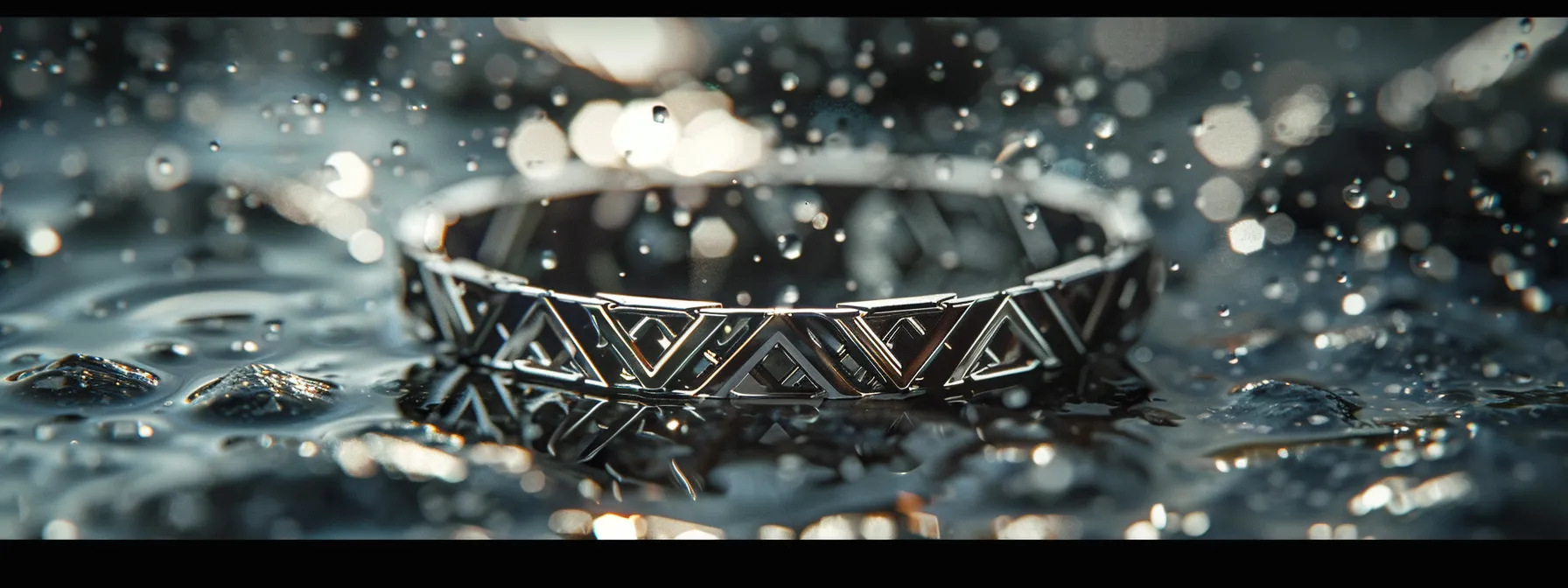
The Valknut’s interlocking triangles hold deep meaning in Norse culture, representing life, death, and the afterlife. This section explores the symbol’s connection to battle and the significance of the number three. Rudolf Simek’s research and archaeological findings, including bracelets associated with Freyja, provide insights into the Valknut’s interpretations across Norse mythology.
Representations of Life, Death, and the Afterlife
The Valknut’s interlocking triangles symbolize the interconnected nature of life, death, and the afterlife in Norse mythology. This powerful symbol, often associated with Odin and the Valkyries, represents the cyclical journey of warriors through these realms. Archaeological records have uncovered Valknut engravings on runestones and burial artifacts, suggesting its significance in Norse funeral rites and beliefs about the afterlife. The symbol’s connection to Thor and sacrifice further emphasizes its role in representing the complex relationship between mortal existence and the divine realms in Norse cosmology.
Significance of the Number Three in Norse Culture
The number three holds profound significance in Norse culture, influencing Norse cosmology and the structure of the Valknut symbol. In Norse mythology, the cosmos is divided into three main realms: Asgard, Midgard, and Niflheim. This tripartite division extends to various aspects of Norse belief, including the roots of Yggdrasil, the World Tree, and the three Norns who weave the fate of gods and mortals. The God of War, Odin, is often associated with triads, further emphasizing the importance of the number three in Norse tradition. Archaeological findings across Europe have revealed numerous artifacts featuring triplicate designs, reinforcing the cultural significance of this numerical symbolism:
- Three realms of Norse cosmology: Asgard, Midgard, Niflheim
- Three roots of Yggdrasil
- Three Norns: Urd, Verdandi, Skuld
- Odin’s triplicate associations: Hár, Jafnhár, Þriði
- Triple horn symbol (Triskele) in Norse artifacts
The Valknut’s Association With Odin
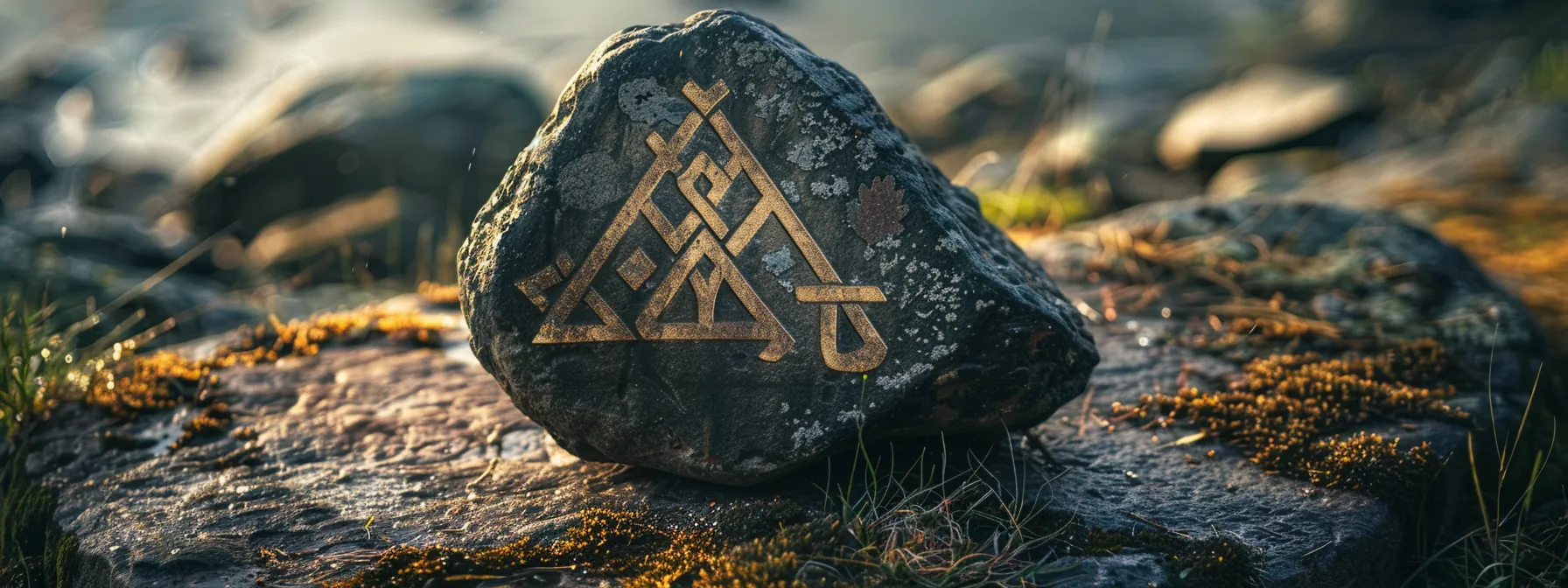
The Valknut’s association with Odin in Norse mythology is deeply rooted in ancient tales and symbolism. This section explores the mythological stories connecting Odin to the Valknut and examines how the symbol represents divine power. Understanding these aspects provides insight into the Valknut’s significance in Norse paganism, its relation to runes, and its evolution alongside Christianity.
Mythological Tales Linking Odin to the Valknut
Norse mythology intertwines Odin with the Valknut through tales of his wisdom and power. In one story, Odin hangs himself from Yggdrasil, the world tree, for nine days to gain knowledge of the runes, demonstrating his courage and sacrifice. This act connects him to the Valknut’s representation of life, death, and rebirth. Another legend recounts Odin’s battle with the jötunn Vafþrúðnir, where he uses his cunning to outsmart the giant, showcasing the Valknut’s association with strategic thinking and divine power.
The Symbol as a Representation of Divine Power
The Valknut symbol embodies Odin’s divine power in Norse mythology, representing his authority over life, death, and the afterlife. Ancient artifacts like the Tängelgårda stone and Stora Hammars stones depict the Valknut alongside Odin, his spear Gungnir, and his eight-legged horse Sleipnir, reinforcing the symbol’s connection to the Allfather. The intricate design of interlocking triangles in the Valknut reflects the complex language of Norse cosmology, symbolizing the bridge between earthly realms and the divine heaven of Valhalla.
Modern Meanings of Valknut Tattoos
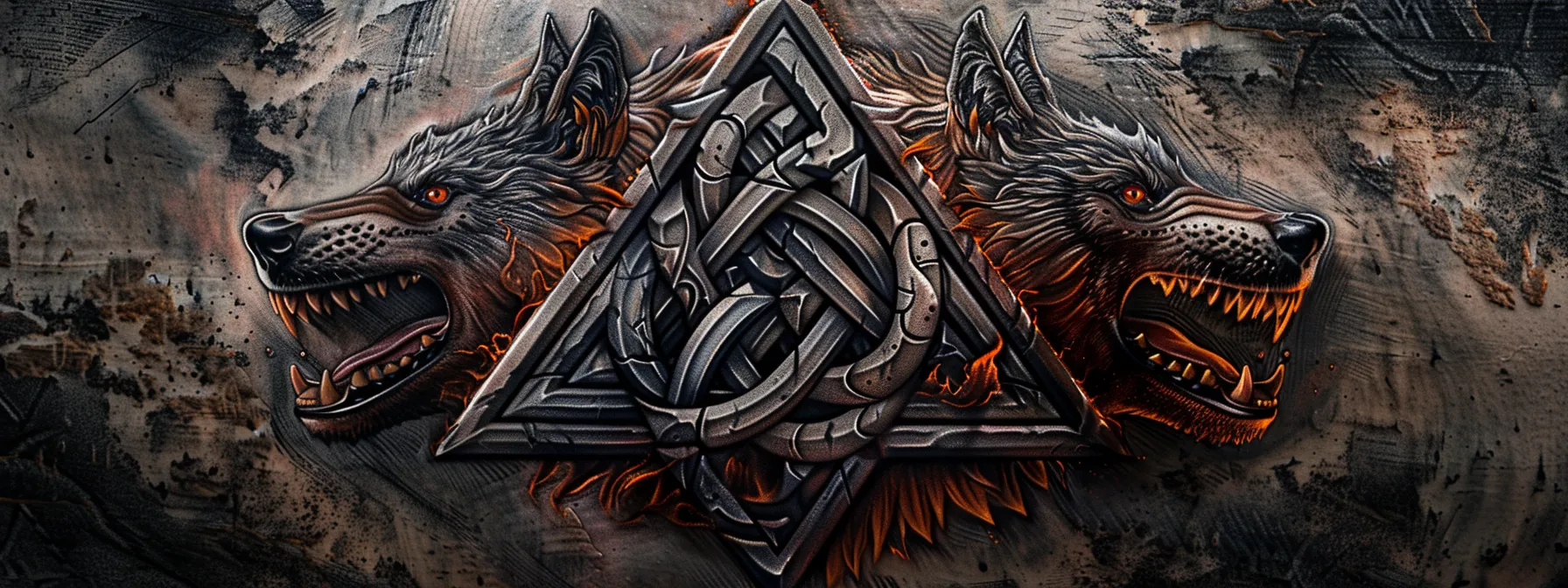
Modern Valknut tattoos embody personal symbolism and cultural significance. Rooted in Viking Age wisdom, these designs often incorporate art elements like wolves and horses. This section explores the personal meanings wearers attribute to Valknut tattoos and examines the symbol’s role in contemporary art and culture.
Personal Symbolism for Tattoo Wearers
Valknut tattoos hold deep personal symbolism for wearers, often representing strength, wisdom, and connection to Norse heritage. The interlocking triangles of the symbol resonate with individuals seeking to honor their ancestral roots or embrace the virtues associated with Norse mythology. Some wearers interpret the Valknut as a modern ouroboros, symbolizing the eternal cycle of life and death, while others draw parallels to the realms of Muspelheim and Hrungnir’s heart. The personal meanings attributed to these tattoos reflect a diverse range of interpretations, including:
- Honoring Norse ancestry and cultural heritage
- Embodying warrior spirit and strength
- Representing the interconnectedness of past, present, and future
- Symbolizing personal growth and transformation
- Expressing spiritual beliefs and connection to Norse gods
The Valknut’s Place in Contemporary Art and Culture
The Valknut has gained prominence in contemporary art and culture, particularly in Scandinavia and among enthusiasts of Norse mythology. Scholars like Hilda Ellis Davidson have contributed to the symbol’s interpretation, linking it to the Æsir gods and figures such as Fenrir. The Society for Creative Anachronism (SCA) has embraced the Valknut in historical reenactments, further popularizing its use in modern contexts. Artists and designers incorporate the symbol into various mediums, from digital art to jewelry, reflecting its enduring appeal and cultural significance.
Designing a Valknut Tattoo
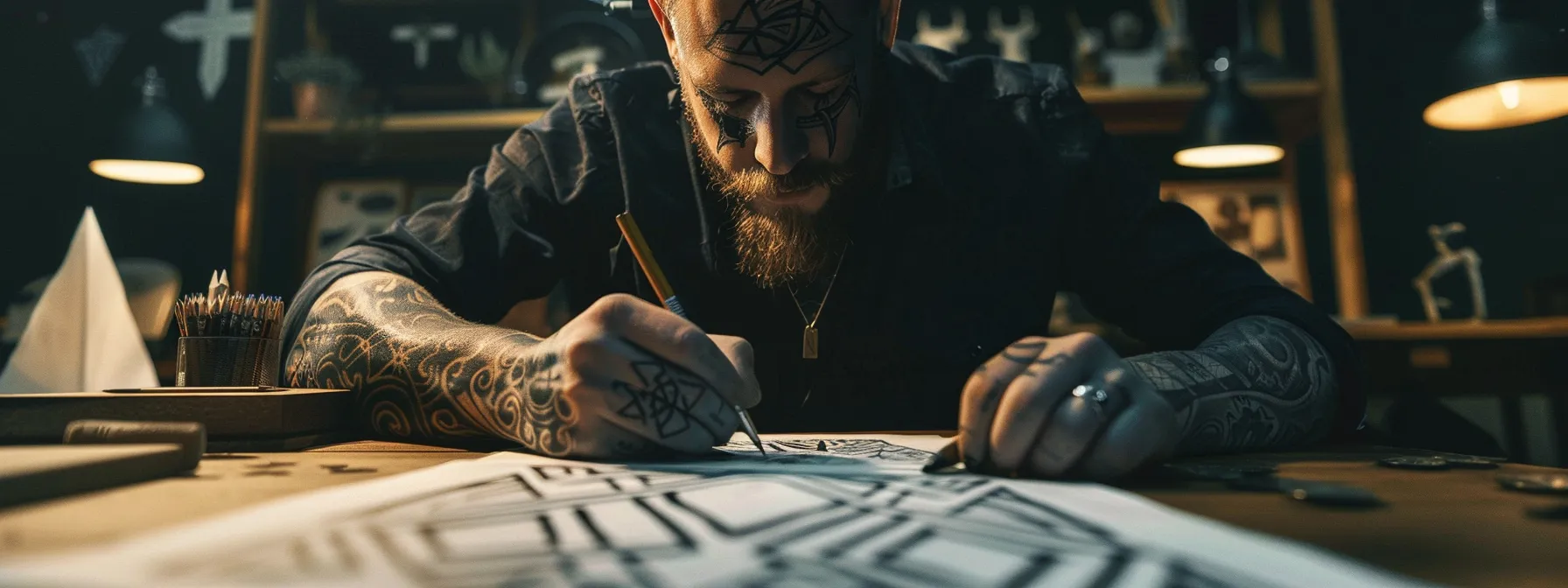
Designing a Valknut tattoo involves exploring artistic styles and combining Norse symbols. This section examines how artists incorporate Viking art elements into skin designs, reflecting Northern European history and cultural significance. It also discusses integrating other Norse symbols with the Valknut to create meaningful, personalized tattoos that honor Viking heritage.
Exploring Different Artistic Styles
Valknut tattoo designs offer diverse artistic styles, ranging from traditional Norse aesthetics to modern interpretations. Artists often incorporate elements like skulls, representing the cycle of life and death central to Norse religion, or depictions of the Norns, the female deities who weave fate. Some designs draw inspiration from historical sources, such as the works of Snorri Sturluson, while others blend contemporary techniques with ancient symbolism. The intricate knotwork of the Valknut lends itself to various styles, from minimalist line work to elaborate, ritual-inspired compositions that capture the essence of Viking spirituality.
Combining the Valknut With Other Norse Symbols
Tattoo artists often combine the Valknut with other Norse symbols to create intricate designs that reflect the rich mythology of the Germanic peoples. Popular combinations include the Valknut with Yggdrasil, the world tree connecting Midgard to other realms, or with the Triquetra, symbolizing the interconnectedness of realms. Some designs incorporate depictions of Norse goddesses or elements from traditional Norse jewelry, enhancing the tattoo’s cultural significance and personal meaning for the wearer.
Respecting the Cultural Heritage of the Valknut
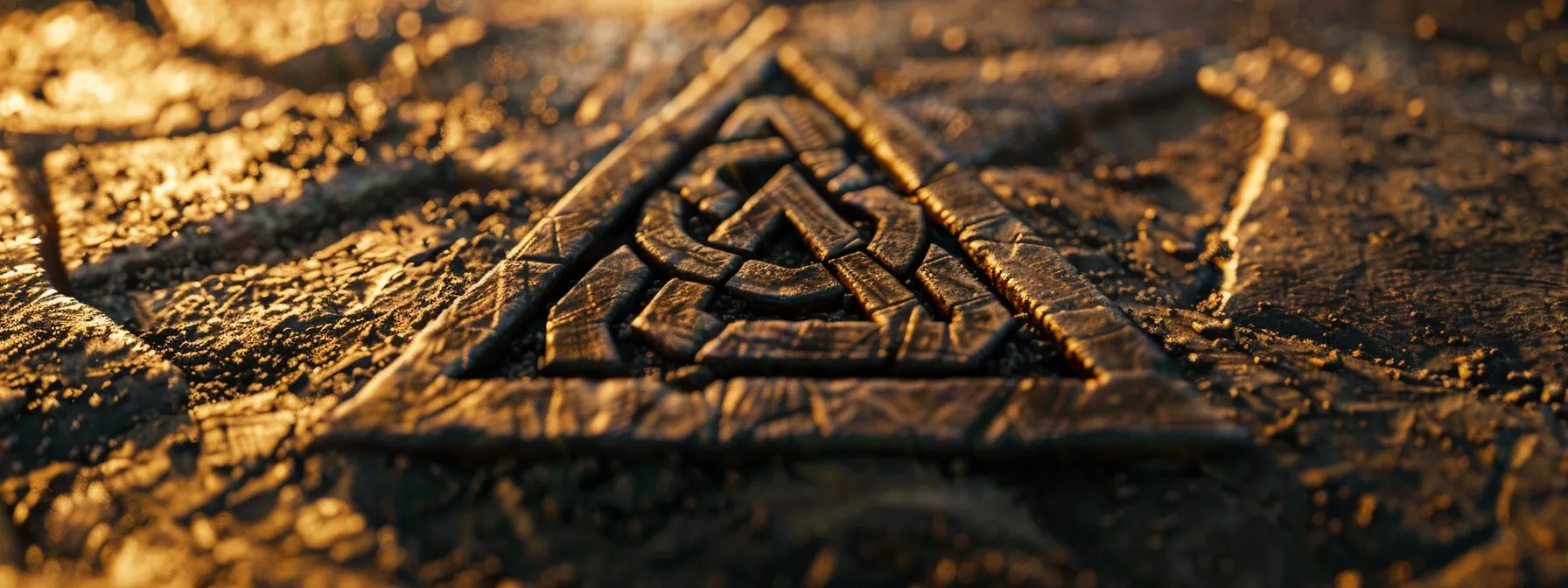
Respecting the Valknut’s cultural heritage involves understanding its Old Norse origins and ethical considerations when choosing it as a tattoo. This symbol, found on ancient artifacts from Gotland and Norway, represents complex aspects of the Norse universe. The following sections explore the Valknut’s historical significance as an amulet and the importance of cultural sensitivity when adopting it as body art.
Understanding the Symbol’s Origins
The Valknut’s origins trace back to ancient Norse culture, appearing on artifacts from ship burials and runestones. This complex symbol, often associated with Odin and the concept of fate, gained significance in Norse shamanic practices and warrior cultures. Its intricate design, resembling three interlocking triangles, has been found engraved on swords and other ceremonial objects, suggesting its importance in Norse religious rituals and beliefs about the afterlife. The Valknut’s connection to Ragnarök, the prophesied end of the Norse cosmos, further emphasizes its deep cultural roots and spiritual significance for those considering it as a tattoo design.
Ethical Considerations When Choosing the Tattoo
When considering a Valknut tattoo, individuals must approach the decision with cultural sensitivity and respect for Germanic paganism. The Valknut, a complex knot symbol associated with Odin and his ravens Huginn and Muninn, carries deep spiritual significance. Those interested in this tattoo should research its connection to Norse mythology, including its appearance on artifacts like the Oseberg ship, to understand its cultural context. Ethical considerations include:
- Acknowledging the symbol’s sacred nature in Norse traditions
- Respecting its historical significance and avoiding appropriation
- Understanding potential modern interpretations and associations
- Considering personal connection to Norse heritage or beliefs
- Consulting with knowledgeable practitioners or scholars of Germanic paganism
Conclusion
The Valknut symbol holds profound significance in Norse mythology, representing the interplay of life, death, and the afterlife. Its deep-rooted connection to Odin and its presence on ancient artifacts underscore its importance in Norse culture and religious practices. Modern interpretations of the Valknut in tattoo art reflect a growing interest in Norse heritage and symbolism, allowing individuals to express personal meaning through this ancient symbol. However, those considering a Valknut tattoo must approach the decision with cultural sensitivity and respect for its historical and spiritual significance in Germanic paganism.



